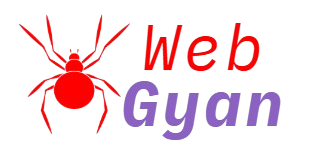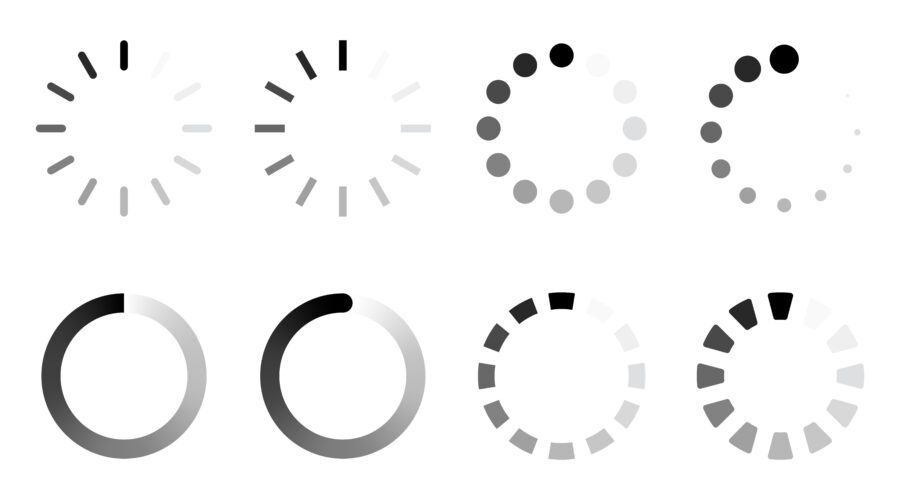REST vs GraphQL
Comparison of REST vs GraphQL 🧠 1. What They Are Aspect REST GraphQL Definition API architecture style API query language and runtime Developed by Many contributors over time Facebook (2012) 🧱 2. Basic Structure Feature REST GraphQL Endpoint style Multiple URLs (one per resource) Single URL for all queries Example URL GET /users/1/posts Single […]










